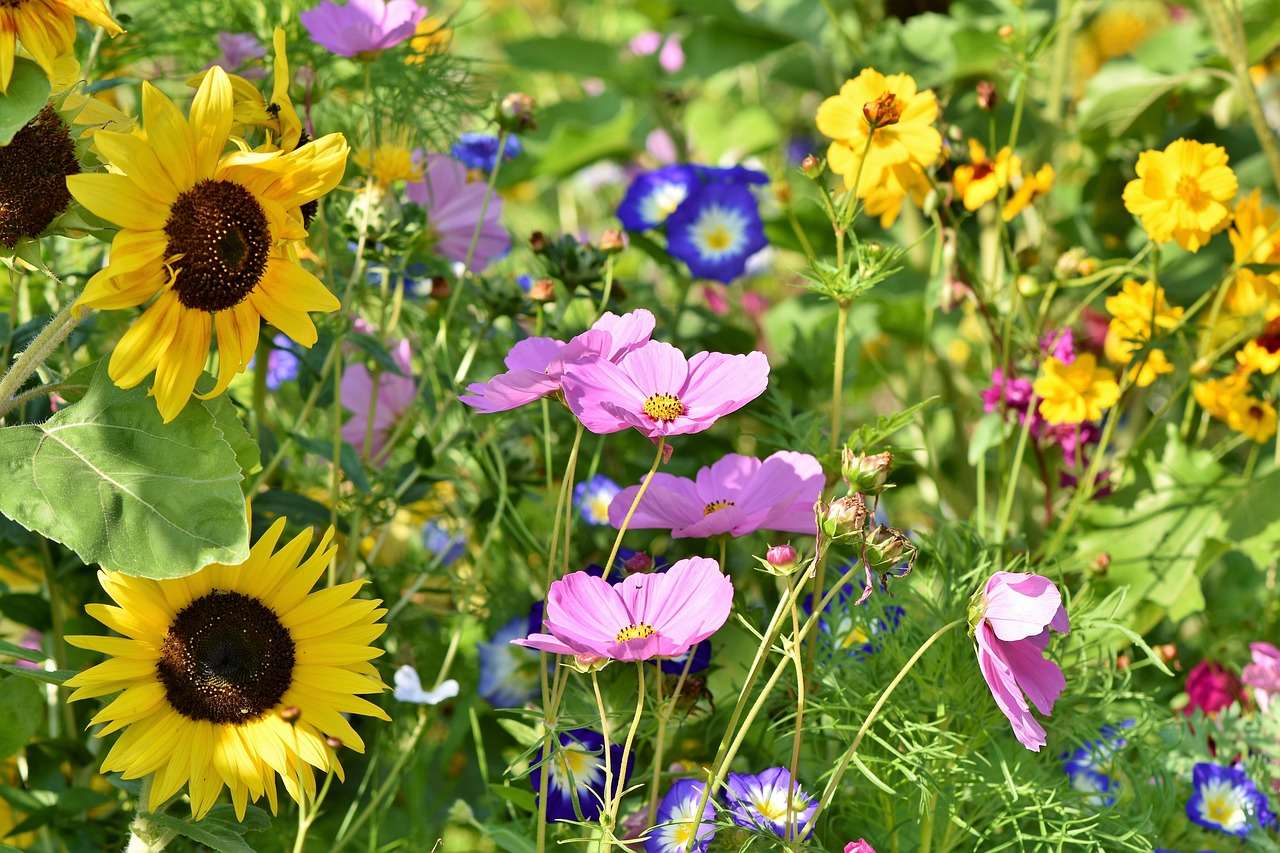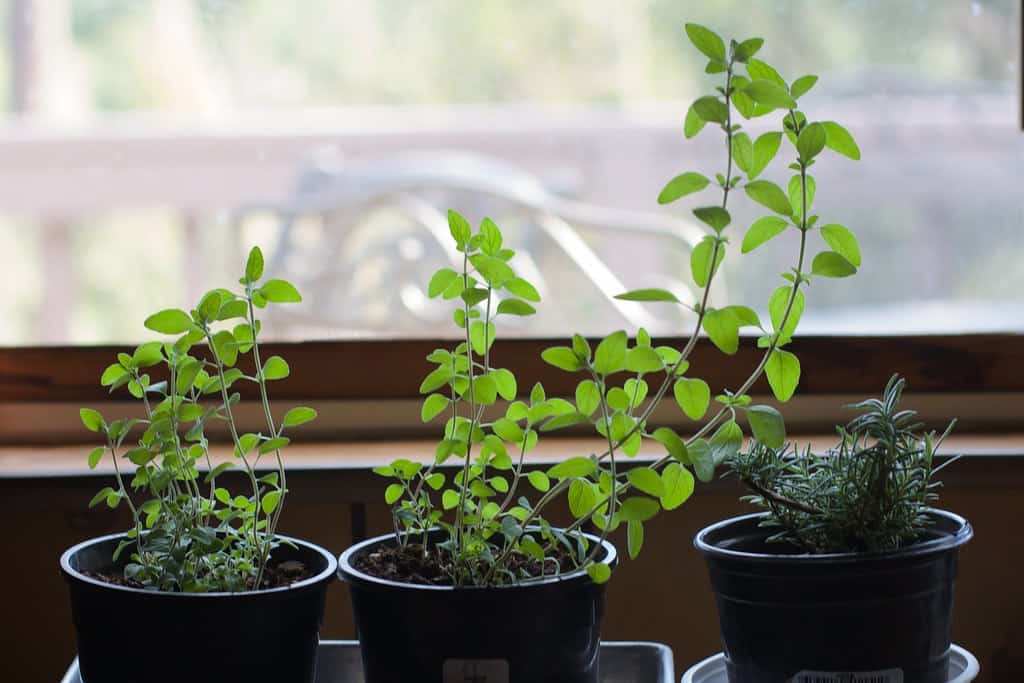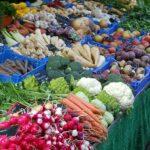Edible landscapes are a beautiful and functional way to incorporate fresh produce into your outdoor space. Not only do they add to the aesthetic appeal of your property, but they also provide you with fresh fruits and vegetables. In this article, we will discuss tips and tricks for designing and maintaining an edible landscape that is both sustainable and delicious.
Guide to Creating an Edible Landscape

- Plan your space: The first step in designing an edible landscape is to plan your space. Consider the amount of sunlight each area of your property receives, as well as the soil type and pH. Some fruits and vegetables require full sun, while others do well in partial shade. Be sure to take into account any existing trees or structures that may provide shade. Once you have a good understanding of the space you have to work with, you can then plan out where you will plant your edibles.
- Choose the right plants: The next step is to choose the right plants for your space. There are many different types of fruits and vegetables that you can grow in an edible landscape, so be sure to choose plants that are well-suited to your climate and soil type. Some popular options include berries, herbs, and vegetables like tomatoes, beans, and lettuce. Consider the size of each plant when making your selection, as some will grow larger than others and may take up more space.
- Create paths and focal points: In addition to planting your edibles, you can also create paths and focal points within your landscape. This will add interest and beauty to your space, and will also make it easier to navigate and harvest your produce. Consider incorporating raised beds, trellises, and other structures into your design to add height and dimension.
- Use sustainable practices: When designing and maintaining your edible landscape, it is important to use sustainable practices. This includes using organic fertilizers, avoiding chemical pesticides, and conserving water through the use of drought-tolerant plants and efficient irrigation systems. By using sustainable practices, you can ensure that your edible landscape is both environmentally friendly and economically smart.
- Harvest and enjoy your bounty: Finally, be sure to regularly harvest and enjoy your bounty. Nothing is more rewarding than being able to pluck a ripe tomato or berry right off the vine and enjoy it in a salad or smoothie. You can also consider preserving your excess produce by canning or freezing it for later use.
Designing and maintaining an edible landscape is a fun and rewarding experience. By following these tips and tricks, you can create a space that is both sustainable and delicious. So why wait? Get started today and enjoy the bounty of your own backyard.
Keywords: Edible Landscape, Sustainable, Delicious, Fruits, Vegetables, Sunlight, Soil Type, pH, Climate, Organic Fertilizers, Chemical Pesticides, Drought-tolerant, Irrigation Systems, Harvest, Preserving, Canning, Freezing.
Check out our Novel Writing Workbooks
Check out Little Tree Food Forest for articles on food forests and homesteading.
Check out FoodieScapes for articles on growing, fermenting and preserving food
Check out StoryScapes.World for articles on writing.
Subscribe to our newsletter to get information delivered to your inbox on edible landscaping, growing food and medicinal plants, growing mushrooms, foraging, fermentation, food preservation, raising small livestock, and more.










